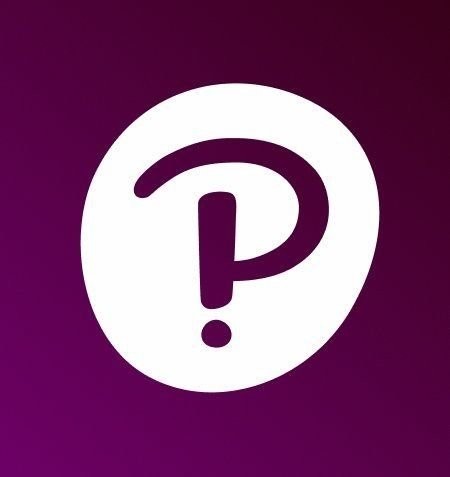Monosaccharides can undergo a reaction known as N-glycosidation, where they react at the anomeric position with nitrogenous nucleophiles. This process is distinct from O-glycosidation, where the reaction occurs with oxygen-containing groups. In acidic conditions, monosaccharides selectively substitute at the anomeric position to form glycosides, which are compounds where a substituent is attached at this specific site.
When nitrogenous nucleophiles, which derive their nucleophilicity from nitrogen, are involved, the resulting product is termed an N-glycoside. This type of glycoside can also be referred to as a glycosyl amine, indicating that an amine is attached to a carbohydrate ring structure, such as a furanose or pyranose. For example, a compound can be named either 1-Amino-D-glucopyranoside or D-glucopyranosylamine, both of which describe the same structure where an amino group is present at the anomeric position.
The general reaction for N-glycosidation involves a cyclic carbohydrate reacting with a nitrogen-containing nucleophile, such as ammonia, in the presence of acid. This reaction leads to the formation of an N-glycosidic bond at the anomeric site, resulting in a mixture of anomers. The reason for the specificity of this reaction at the anomeric position is due to the formation of an oxocarbenium ion intermediate, which stabilizes the positive charge during the reaction. The nitrogen then attacks this positively charged intermediate, leading to the formation of the N-glycosidic bond after deprotonation.
Understanding N-glycosidation is crucial as it lays the foundation for exploring more complex structures, such as ribonucleosides, which will be discussed further in subsequent studies.






